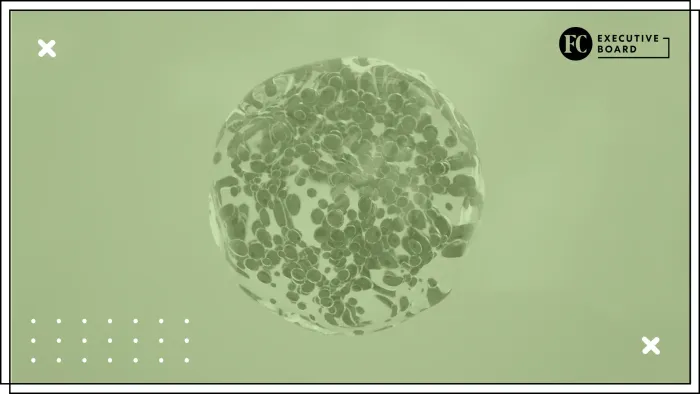
.
Image: Getty Images
I’ve always found that inspiration can come from the most unexpected places. For me, one of those places was the printed pages of Fast Company. I used to read it cover to cover every month. It had this way of mixing business, creativity and innovation that made me stop and think, “How can we do something like this?” To me it was more than just a magazine: It was a monthly dose of possibility I could adapt and apply to our own work.
One particular issue featured a story about Nike and its approach to sustainability. It described how Nike had developed a system to provide its designers with data on the environmental impact of various materials—cotton, wool, polyester, nylon, and so on. This system empowered them to make more informed, sustainability choices during the design process.
That article struck a chord with me. It was data-driven, which I admit isn’t my first love, but I’ve come to appreciate its power. What really resonated was how Nike used relevant, product-specific data to guide better decision making. It wasn’t just about having information—it was about making that information actionable to people who weren’t necessarily trained to think in terms of sustainability.
That got me thinking: What if we could do something similar in the world of life sciences?
In my industry, the 12 Principles of Green Chemistry offers a brilliant framework for embedding sustainability thinking in the design of a chemical product or process, but one thing was missing: a clear, practical application. In effect, it served as a theory, not a tool. So, the idea emerged: what if we could take the wealth of data we already had—like Material Safety Data Sheets (MSDS) and manufacturing data—and connect it directly to those 12 principles?
That’s how the concept for what is now known as DOZN was born.
We started with a small but mighty team led by, a PhD chemist who was our de facto green chemistry expert, several interns or several years, and a lot of sheer willpower.
Our next step was to develop algorithms for each of the 12 principles—things like catalysis, biorenewable feedstocks, and pollution prevention. We combined our internal manufacturing data with these algorithms to create a system that could quantify sustainability in a meaningful way.
We then grouped the 12 principles into three categories based on commonalities and created an aggregate scoring system. This allowed us to provide directional data early in the product development process—before anyone had to invest in a full-blown life cycle assessment. It was a faster, more accessible way to make better choices.
We began this work in the early 2010s, well before “product carbon footprint” became a buzzword. At the time, we were just trying to solve a problem for our internal teams. But once we had a working system, we knew we needed to validate it. So, we partnered with a third party to ensure the science behind our algorithms was sound. We even published a paper in a peer-review journal, detailing our methodology to ensure transparency and credibility.
That validation was a turning point. It not only gave us confidence in what we’d built, but it also helped others take it seriously. The paper has since been viewed tens of thousands of times and cited in more than 150 scientific publications.
But we didn’t stop there.
We realized that if our internal teams could benefit from DOZN, so could our customers. So, we developed a secure, customer-facing version of the tool. It allows users to input their own processes—privately and securely—and receive insights on how to reduce environmental impact. Today, more than 3,000 users rely on DOZN to guide their sustainability efforts.
Looking back, it’s incredible to think that a single article in Fast Company could spark something that’s now an industry-recognized tool. DOZN has transformed a theoretical framework into a practical, scalable solution that’s helping change how we think about and practice green chemistry.
And that, to me, is the true power of inspiration: When a good idea meets the right moment and the right people, it can become something far bigger than you ever imagined.
Jeffrey Whitford is vice president of sustainability and social business innovation, life science, at MilliporeSigma, a business of Merck KGaA.
FAST COMPANY
